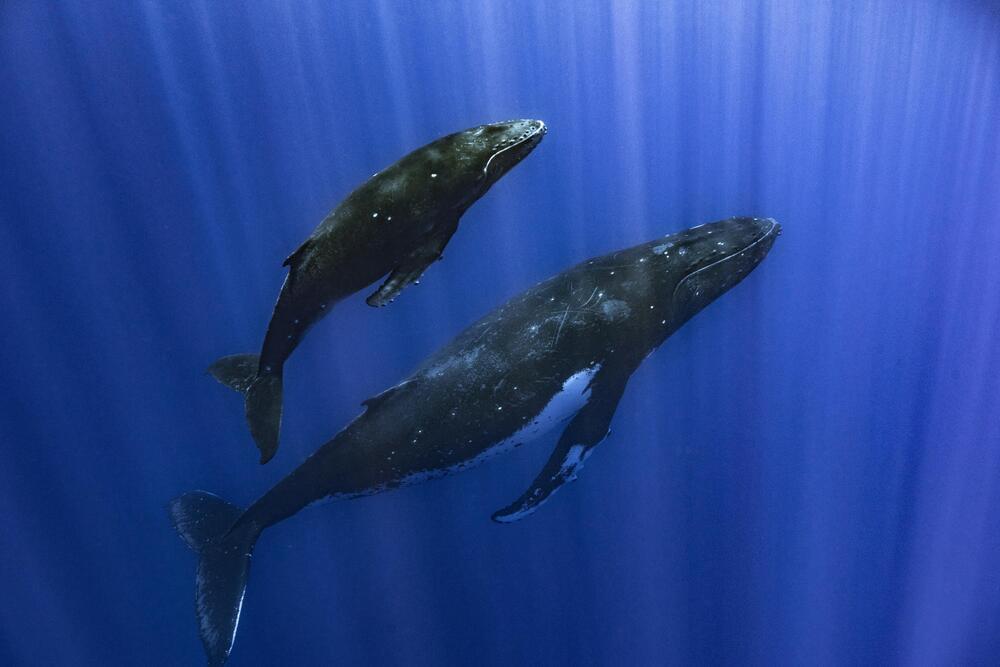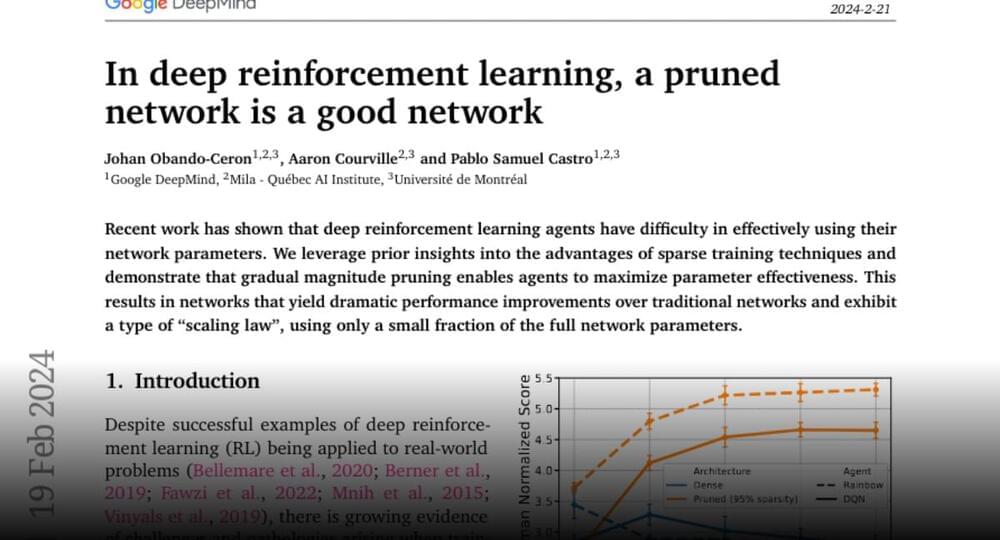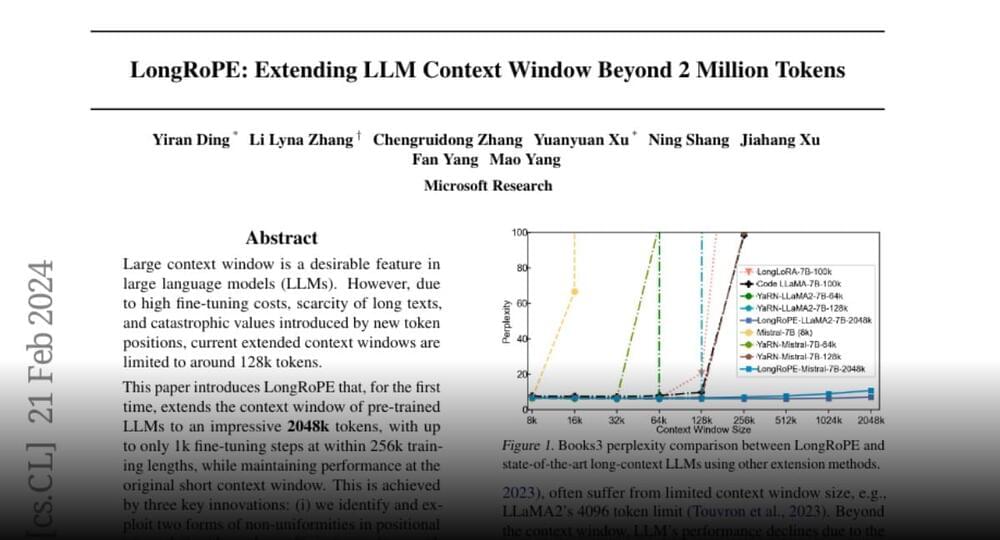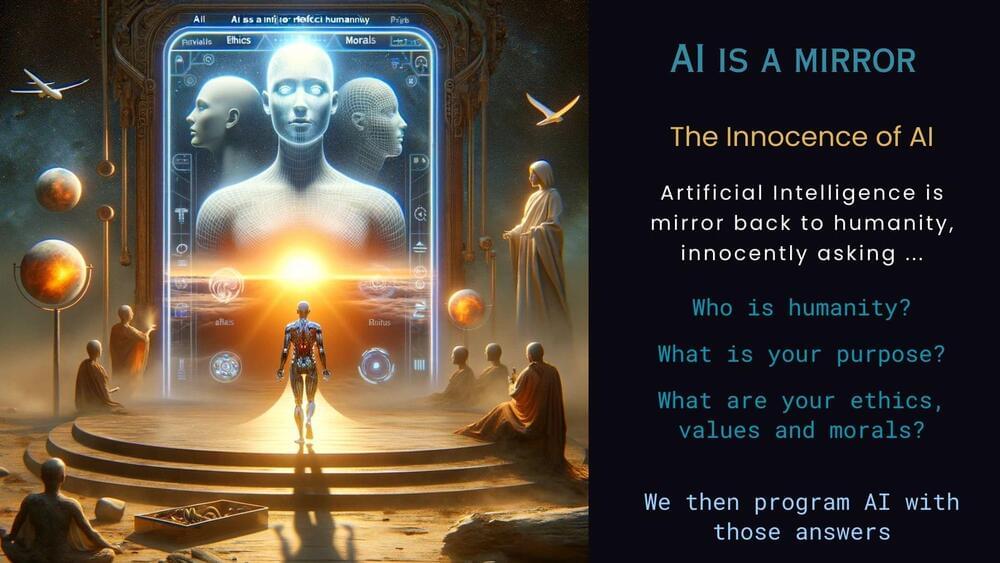✔Please Support the Channel: http://www.patreon.com/armouredskeptic✔Paypal: https://www.paypal.com/donate/?cmd=_s-xclick&hosted_button_id=SGRQDWRLN2F5NFoo Fi…
Category: futurism – Page 349


Manufacturing 2050
Traceability and Compliance: In an era where transparency and accountability are paramount, metrology will contribute to the traceability of products throughout the supply chain. This is crucial for compliance with regulations and standards, as well as for addressing concerns related to product recalls and safety.
The Future is Metrology!
The manufacturing landscape of 2050 will be shaped by a convergence of technologies that optimize processes, enhance efficiency, and reduce environmental impact. In this transformative journey, metrology emerges as a key enabler, ensuring the precision, reliability, and quality of products in an increasingly complex and interconnected manufacturing ecosystem. As we look towards the future, the role of metrology will continue to evolve, driving innovation and setting new standards for the manufacturing industry.

RX Solutions Unveils Advanced Compact X-Ray CT Scanner
Like all RX Solutions machines, the EasyTom-L is designed and assembled in Annecy, France and the radioprotection cabinet is made with recycled lead.
High-Performance Tomography Accessible To All
RX Solutions specializes in offering powerful and versatile CT scanners that are accessible to a large audience and capable of analyzing components with various sizes and geometries at very high resolution. The Easytom-L exemplifies this commitment to excellence, versatility, and accessibility, further distinguishing RX Solutions as an emerging leader in the field of industrial CT.

Bizarre 2,000-Year-Old Bronze Hand Found Covered in Mysterious Writing
Researchers have come across a wonderfully intriguing find in the north of Spain: a bronze hand dating back some 2,000 years, all the way back to the Iron Age, with four lines of strange symbols inscribed across its top.
A new study suggests that this ancient epigraph is related to ancient Paleohispanic languages, and may have been part of the language that has developed into Basque in modern day Spain.
The area is known to have been populated by a tribe called the Vascones around the time the hand would’ve been made – a tribe that left behind very little in the way of writing samples, which has led to the assumption that they were pre-literate. This hand shows that might not be the case.

Googol Gear #shorts
#facts #uniquefacts #science #experiment

